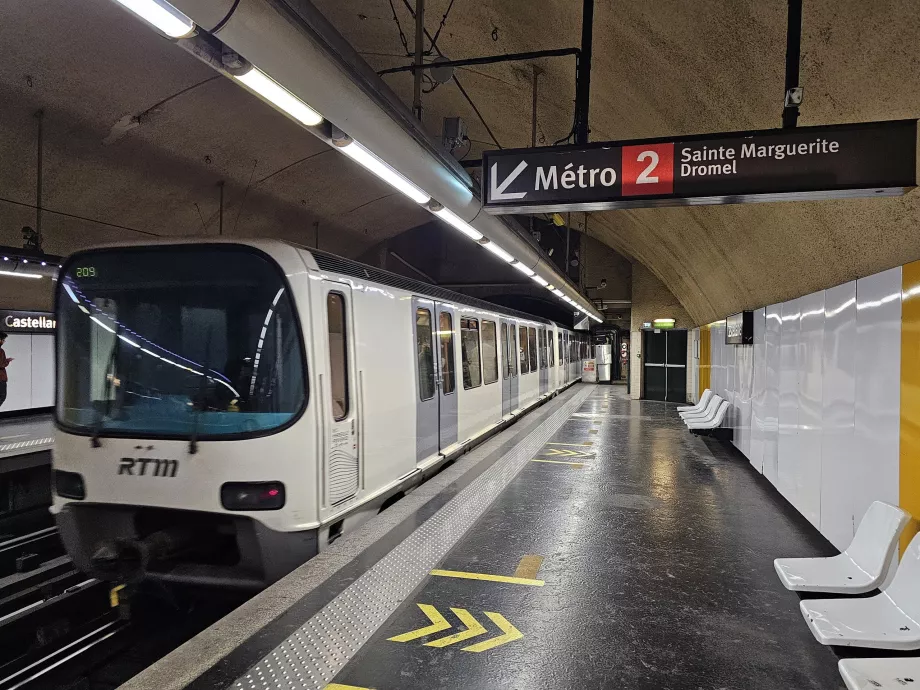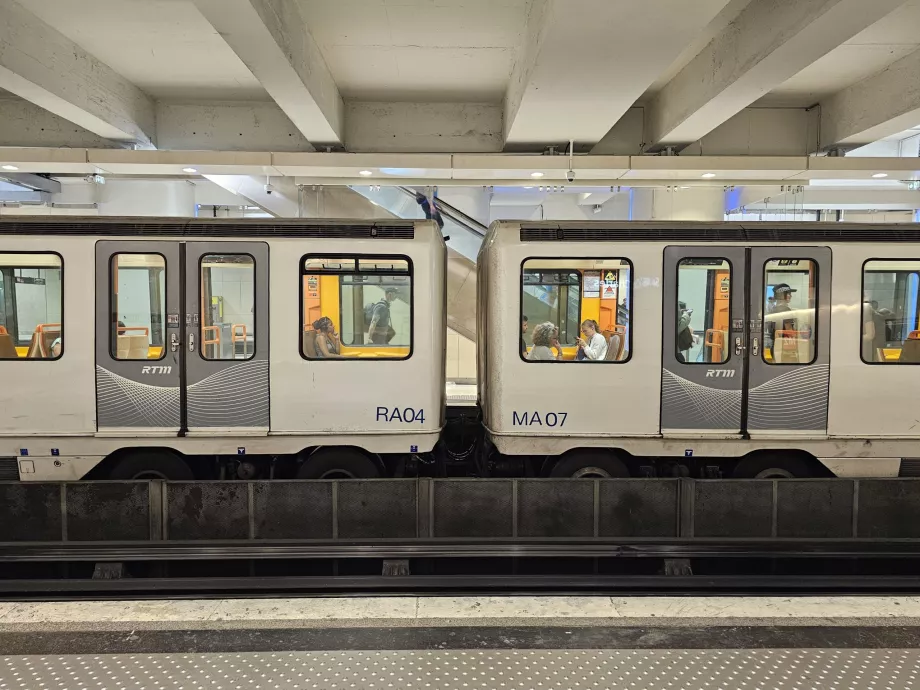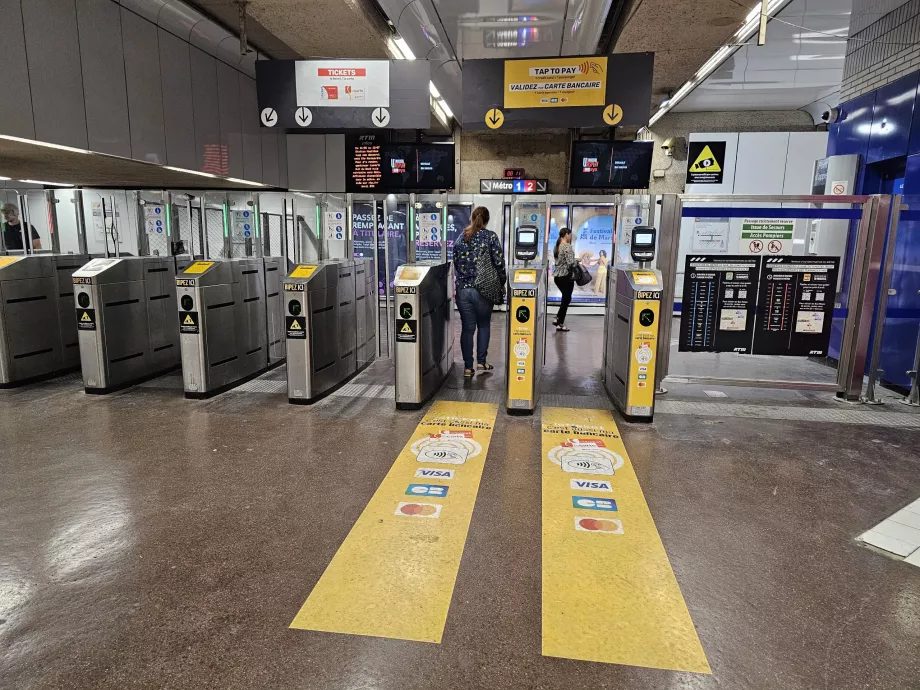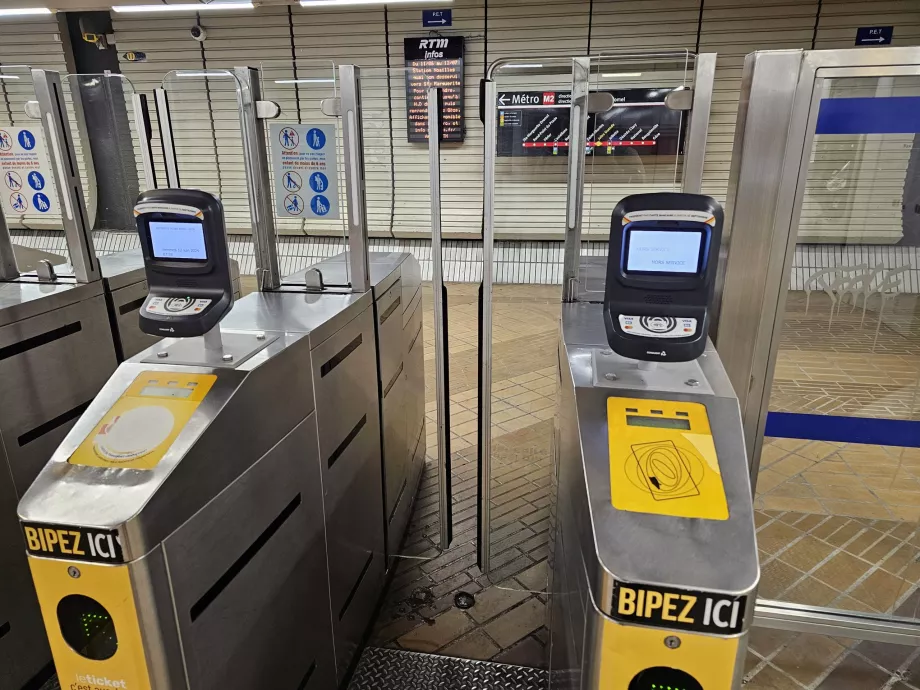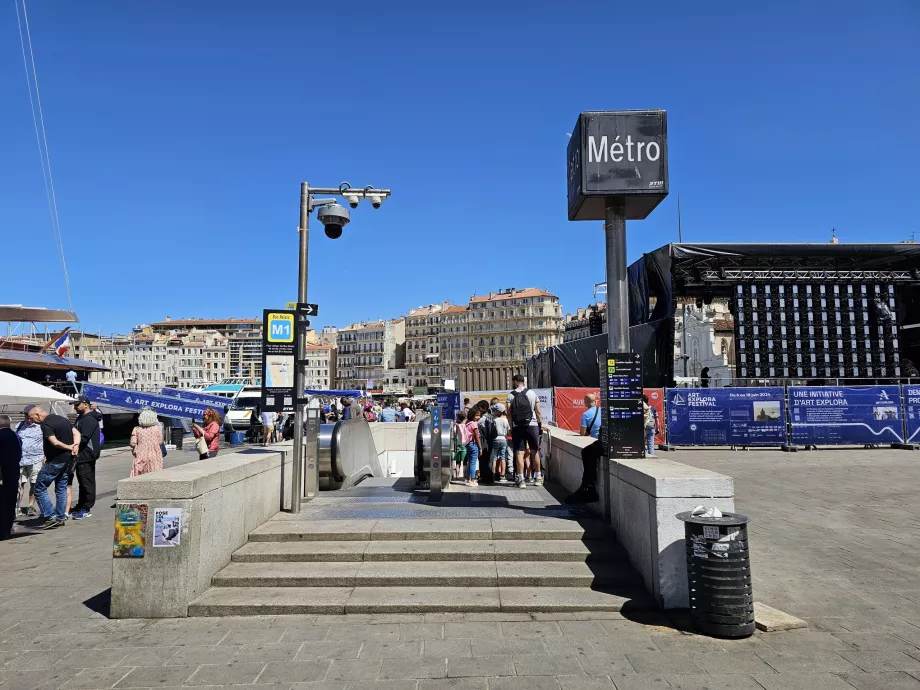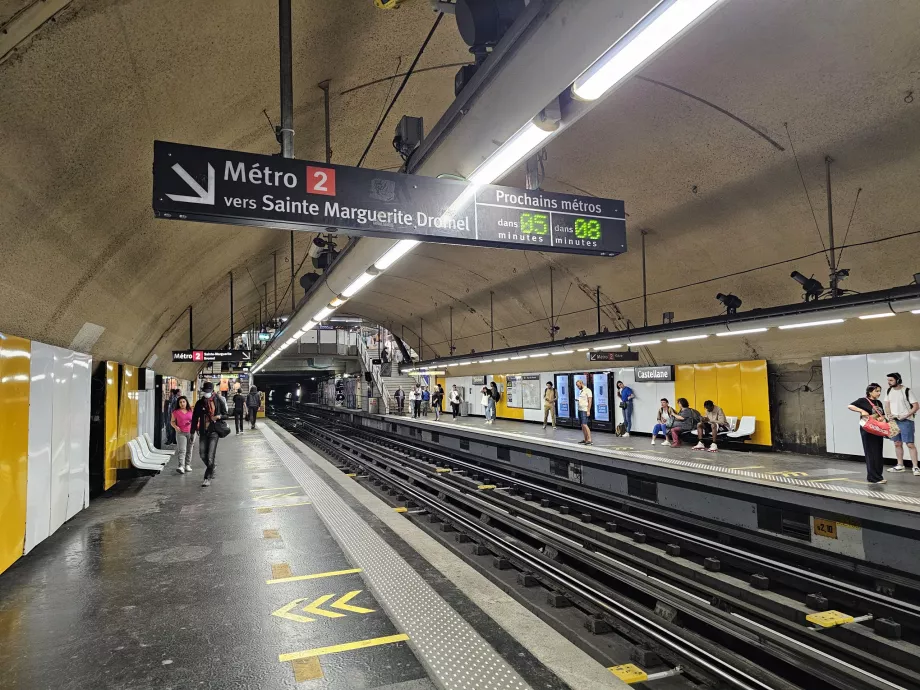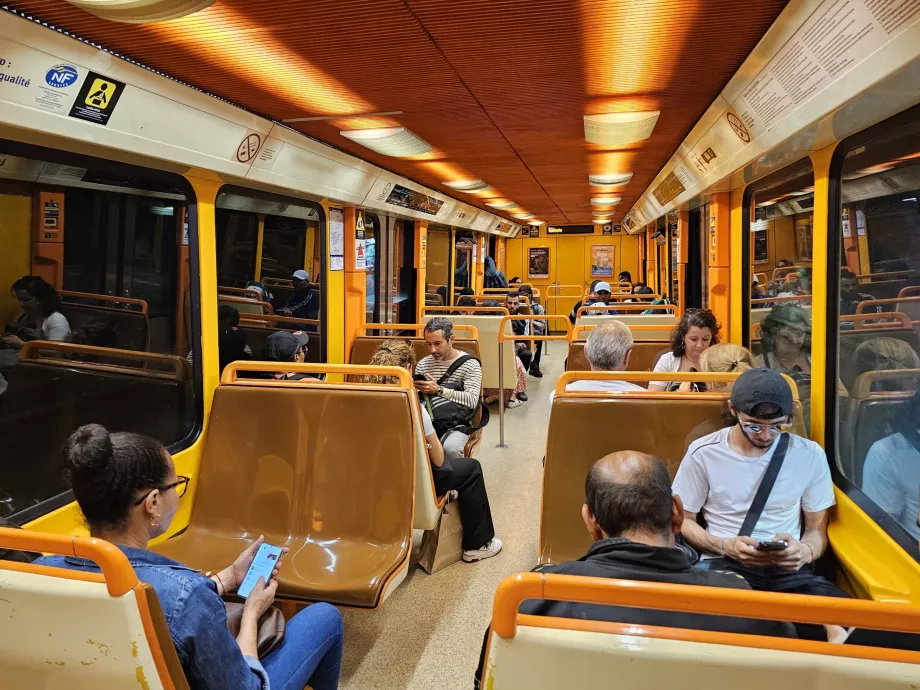Metro in Marseille

The metro in Marseille is the backbone of local public transport and the most reliable form of travel. However, unlike other tourist cities, the metro in Marseille does not serve many sights and buses can be much more useful.
Find out how much metro tickets cost, how often trains run and where to find official information.
Find a hotel near a metro station
The metro in Marseille is operated by the company "RTM", as are the trams and buses. For an overview of the official website, visit rtm.fr.
Marseille Metro map and lines
The Marseille metro network has a total of 23 km of lines and 2 lines. It is thus one of the smallest metro systems in Europe.
The metro is reliable, frequent and fast. The stations are not too deep underground, so the metro is worth using even for short distances.
The official metro map can be found on the website: rtm.fr/plans.
Metro lines are divided by colour and number.
- M1 - the blue line has a U-shaped route and provides fast transport from the outlying settlements in the north-east and east of the city to the centre. It is heavily used by tourists travelling from St. Charles Central Station to the centre to Vieux-Port and on to Castellane station, where some buses run to Calanques National Park.
- TheM2 - Red Line provides north-south service and is used for quick connections from St. Charles Station south to all buses to Calanques National Park.
Metro tickets
Metro fares are the same as trams or buses.
The fare system is discussed in more detail in the Transportation chapter.
How much does the metro cost?
The fare system is not complicated. The entire metro, bus and tram network is in one zone.
- 1,70 eur - A single transfer ticket for 59 minutes. You can only use the metro once during this period.
- 5,20 eur - 24 hours
- 10,80 eur - 72 hours
- 15,50 eur - 7 days
How and where to buy tickets?
The mobile app for buying tickets in Marseille is not yet working.
You can only buy day and multi-day tickets in the form of a classic paper chip ticket. This ticket is sold without an issue fee.
Single tickets cost €1.70 and can be purchased as a paper ticket, but with a 0,10 eur ticketing fee.
You can also pay the single fare with your own contactless card. Unfortunately, there are no daily limits in Marseille for this method of payment (similar to London), so paying with a contactless card is not convenient if you make more than 3 journeys in one day, with more than 1 hour between each journey.
How do I use my ticket on the tube?
You enter the station through the turnstiles.
When paying with your own contactless card, place it against the black validator.
When using a paper ticket, you must attach it to the yellow reader. This is a bit illogical because the black validators, which only work for credit cards in the metro, also work for paper tickets on buses and trams.
When changing or exiting the metro, the turnstiles open automatically without a ticket/card being attached.
Is the Marseille metro running 24/7
None of the metro lines run non-stop.
Every day, metro service starts at about 5:00 am (departures from terminal stations) and ends between 0:30 and 0:45.
Intervals between trains are 4 to 5 minutes during the day on weekdays. Early morning, late evening and weekends the interval can be 6 to 10 minutes.
Detailed timetables and connection searches can be found on the website: rtm.fr/horaires.
The 10 best hotels in Marseille
What do the stations and trains look like?
The metro stations are modern and very clean. Each station is equipped with a ticket machine and a staffed office.
There are normally no toilets in metro stations and there are no shops directly in the metro lobbies.
The metro trains date back to the 1970s, but all were upgraded between 2005 and 2007. Also, metro trains tend to be well maintained and clean, but there is not much space inside the carriage, so they can be a bit crowded.
You have to lift the silver handle slightly to open the door.
In general, the metro system in Marseille is very clear, clean and safe.
Any questions left?
If you have any questions or comments about the article...

